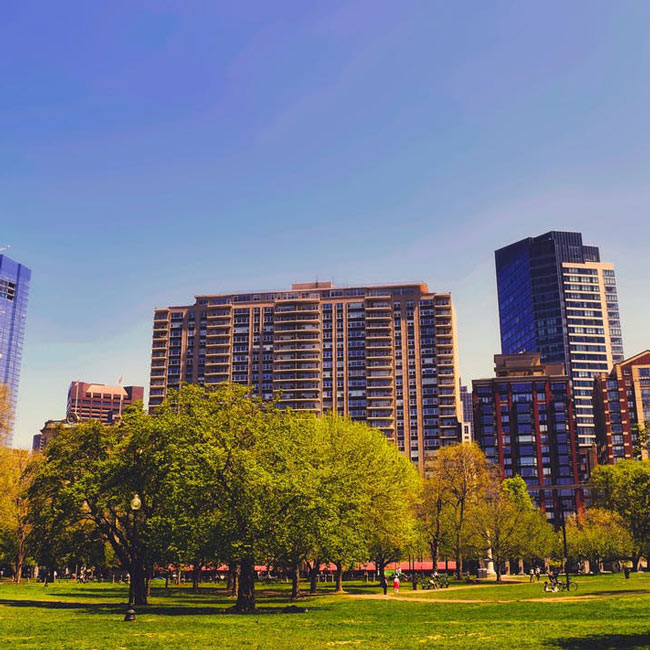Every personal injury case is going to be different from the next due to the specific details of the case, such as the parties involved, why the accident or injury occurred, and so forth. However, each case will follow a somewhat universal process when it comes to seeking compensation for the damages. Understanding this basic, underlying procedure can help you empower your own claim and increase your chances of succeeding as a plaintiff.
Most personal injury case processes can be divided into 7 steps:
Initial consultations: It is highly advised that you speak with a personal injury attorney as soon as you are in an accident that causes an injury. A lawyer can help assess the situation and decide if it is worth seeking compensation based on your apparent liability, or lack thereof.
Investigation: Assuming that your personal injury lawyer found your claim to be valid, the next step will be investigating the known circumstances and evidence you may have already gathered. Many lawyers like to conduct an investigation of some sort before actually moving the case forward to be able to present a convincing, solid argument to the defendant later.
Demands and filing: After calculating the correct amount of compensation you will need for past, current, and future damages related to the accident, your attorney may send a demand letter to the liable party. Demand letters essentially request a certain amount of money and warn that a lawsuit will be coming next if the demand is not met. Most defendants chose to ignore demand letters, so the next step is the actual filing of a personal injury lawsuit, naming yourself as the plaintiff and the liable party as the defendant.
Discovery: A secondary investigation begins in the discovery phase, during which both parties exchange the evidence they have gathered. This step allows each side to get a fuller picture of the accident. If your personal injury attorney provides overwhelming evidence for your claim during discovery, it could persuade the defendant to stop challenging and move for a settlement.
Mediation and settlements: Not many personal injury lawsuits ever end up in the courtroom. Instead, the parties meet for mediation and a settlement, saving everyone time and energy. If your injury attorney determines the offered settlement is fair, the case might end there. You always have the power to refuse settlements if they are lowballed.
Courtroom trial: When no settlement can be reached through mediation, the case must go to trial. A judge or jury will hear arguments and view evidence from both sides of the case and decide what compensation is appropriate, if any at all. You need to work with a personal injury attorney that can confidently go to trial and win. No one can predict what cases will go to trial and which will not, so retaining a lawyer who is not familiar with courtroom litigation could be folly.
Conclusion and appeals: Ideally, if your personal injury claim goes to trial, it will end with a fantastic verdict or ruling that awards you all the compensation necessary. If not, you can appeal to a higher court for a case review, which may overturn the ruling in your favor. Beware: the losing party can appeal, including a defendant who lost and does not agree with the outcome.
Louisville Personal Injury Attorneys Who are Ready for Anything
At Bahe Cook Cantley & Nefzger PLC, we believe in delivering the best possible legal counsel and advocacy for our clients, no matter the details of their case. Our law firm is completely dedicated to injury cases – no distractions caused by other practice areas – and our attorneys belong to prestigious legal organizations that recognize and reward highly skilled legal professionals. If you need to file an injury lawsuit in Kansas, talk to our Louisville personal injury lawyers about what happened during an initial consultation. We are always happy to hear from new and returning clients.
Start now by filling out an online contact form and we will get back to you as soon as possible.

